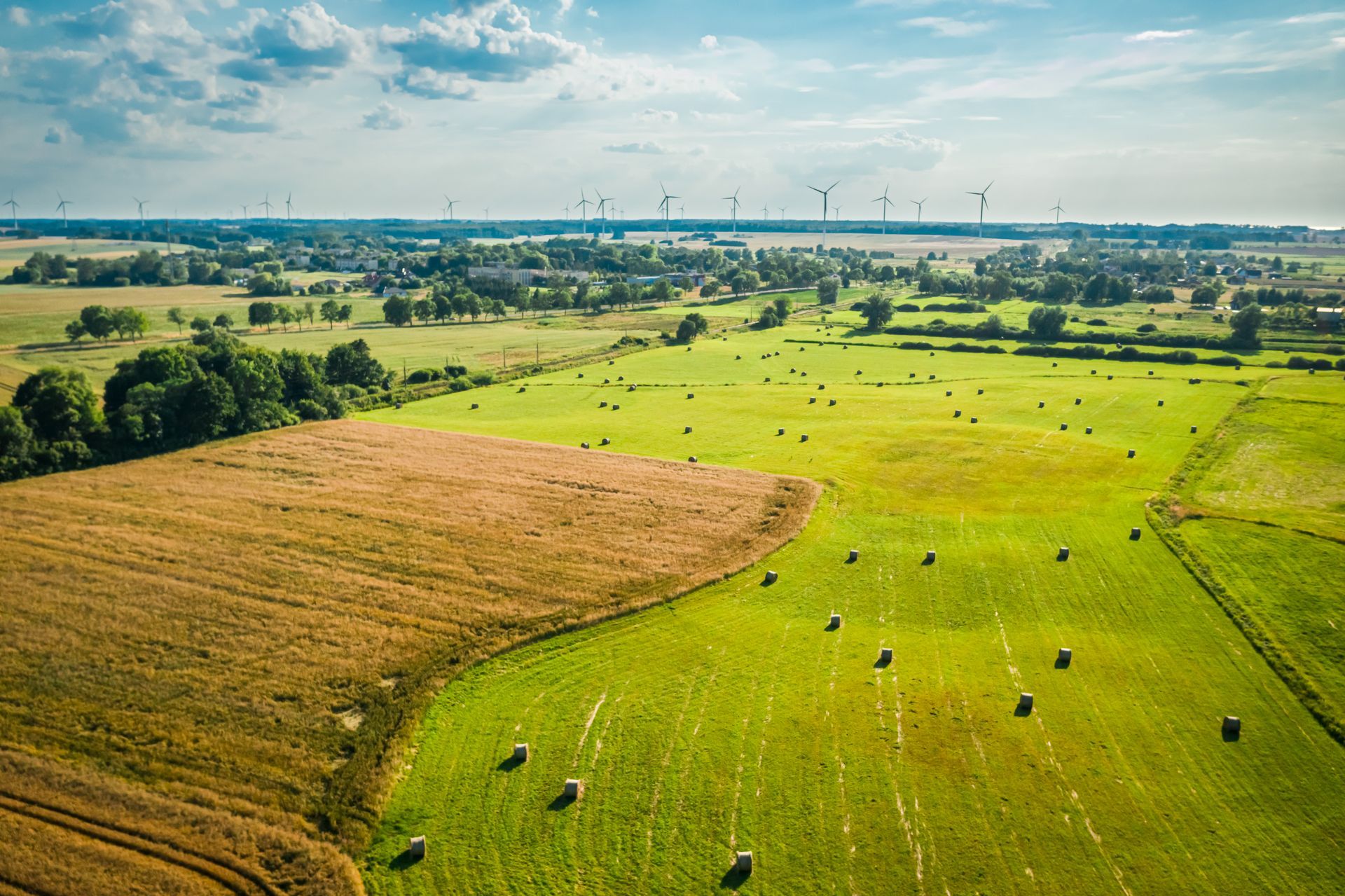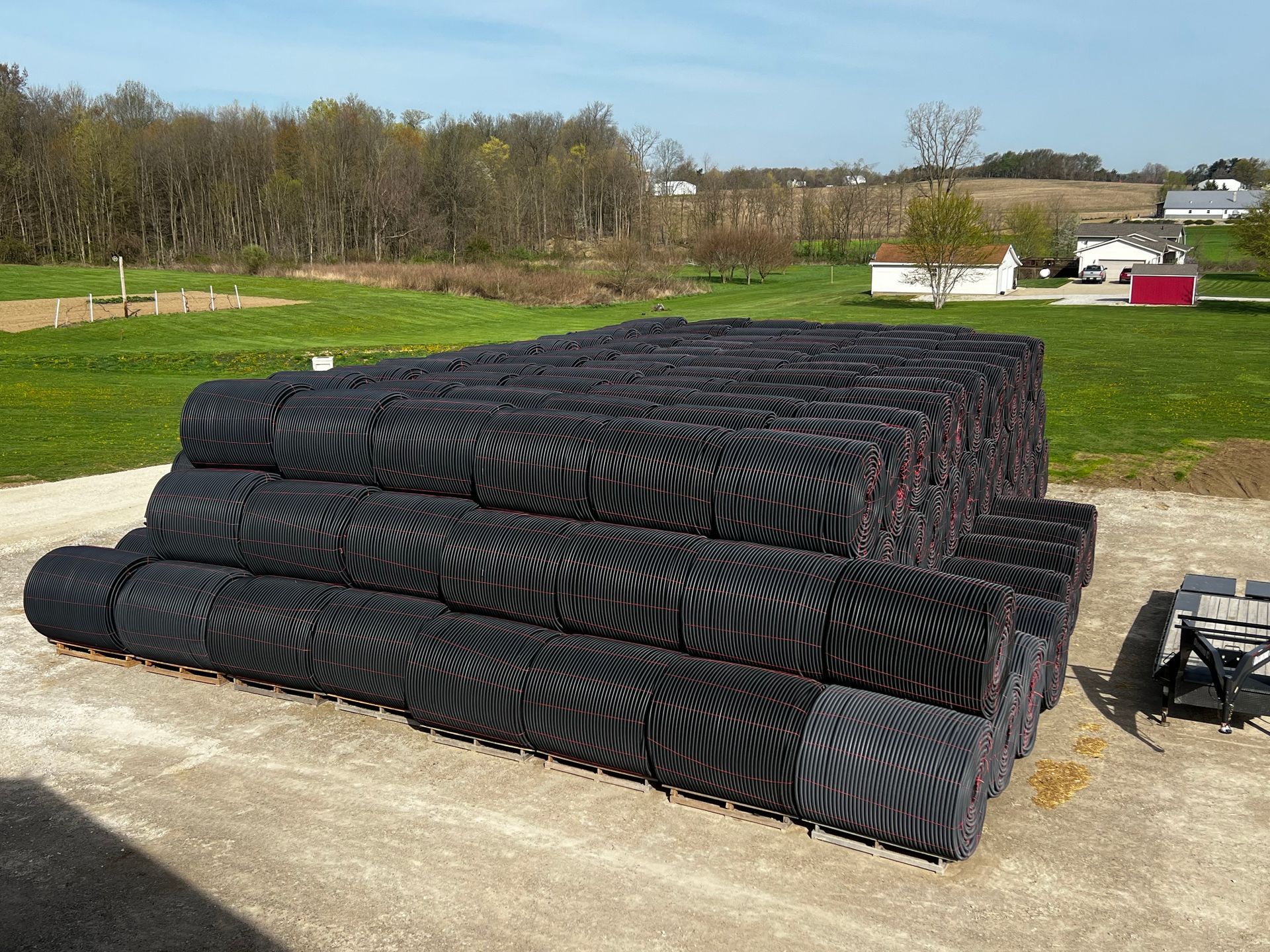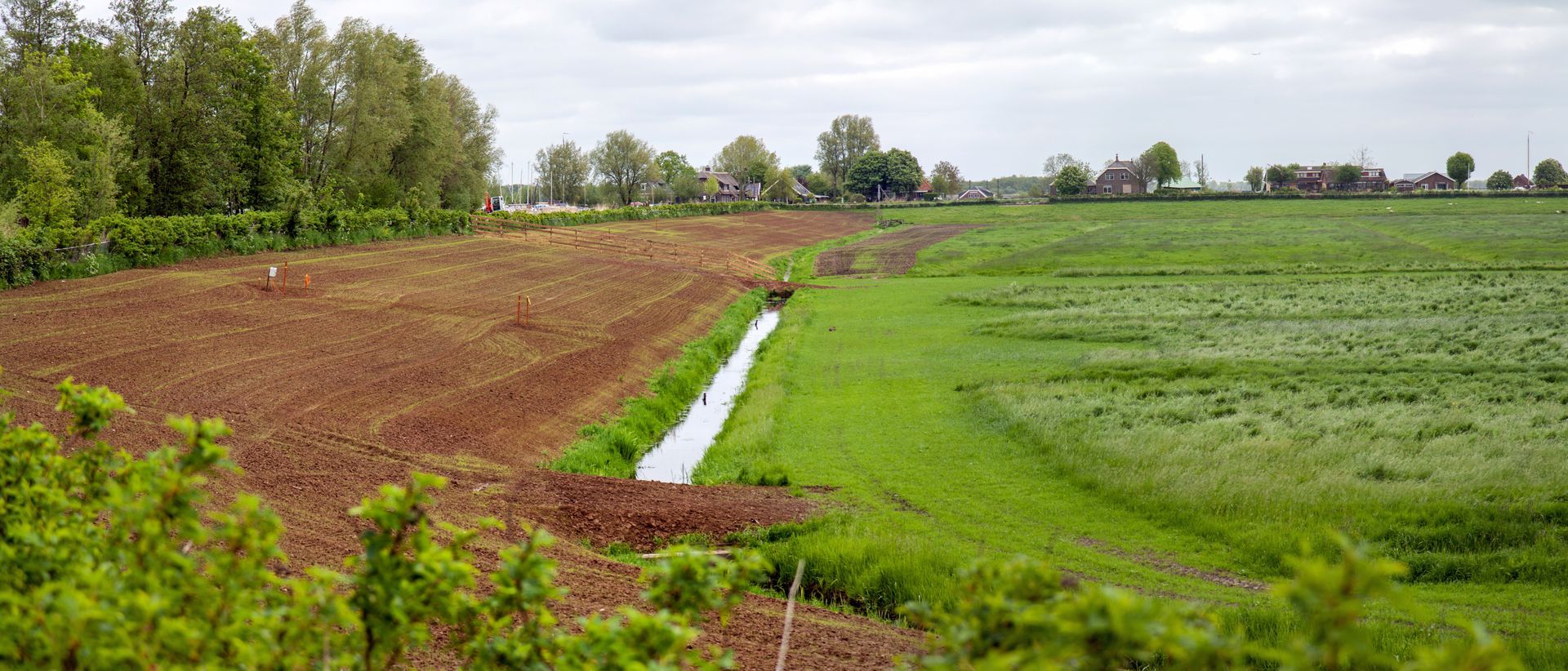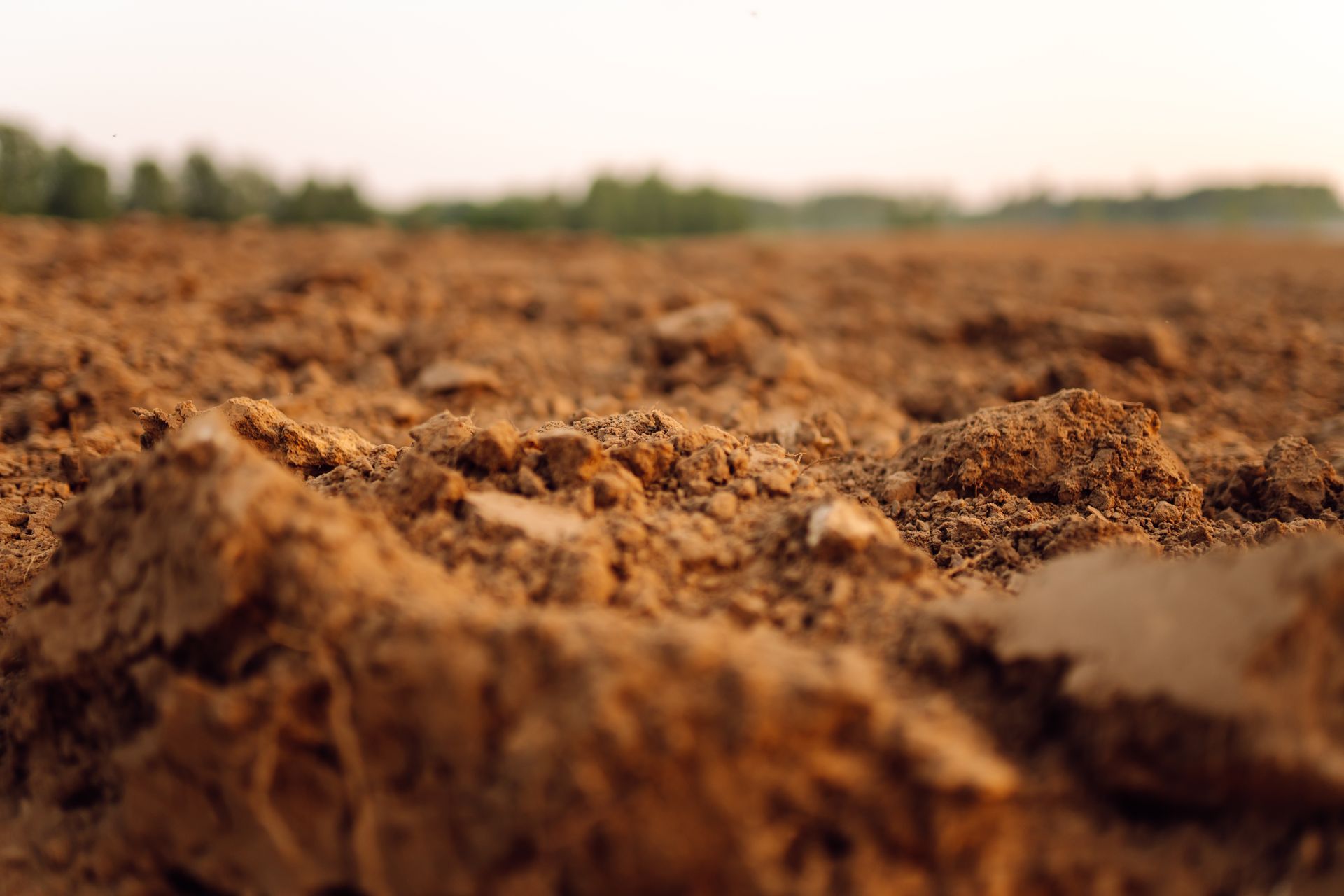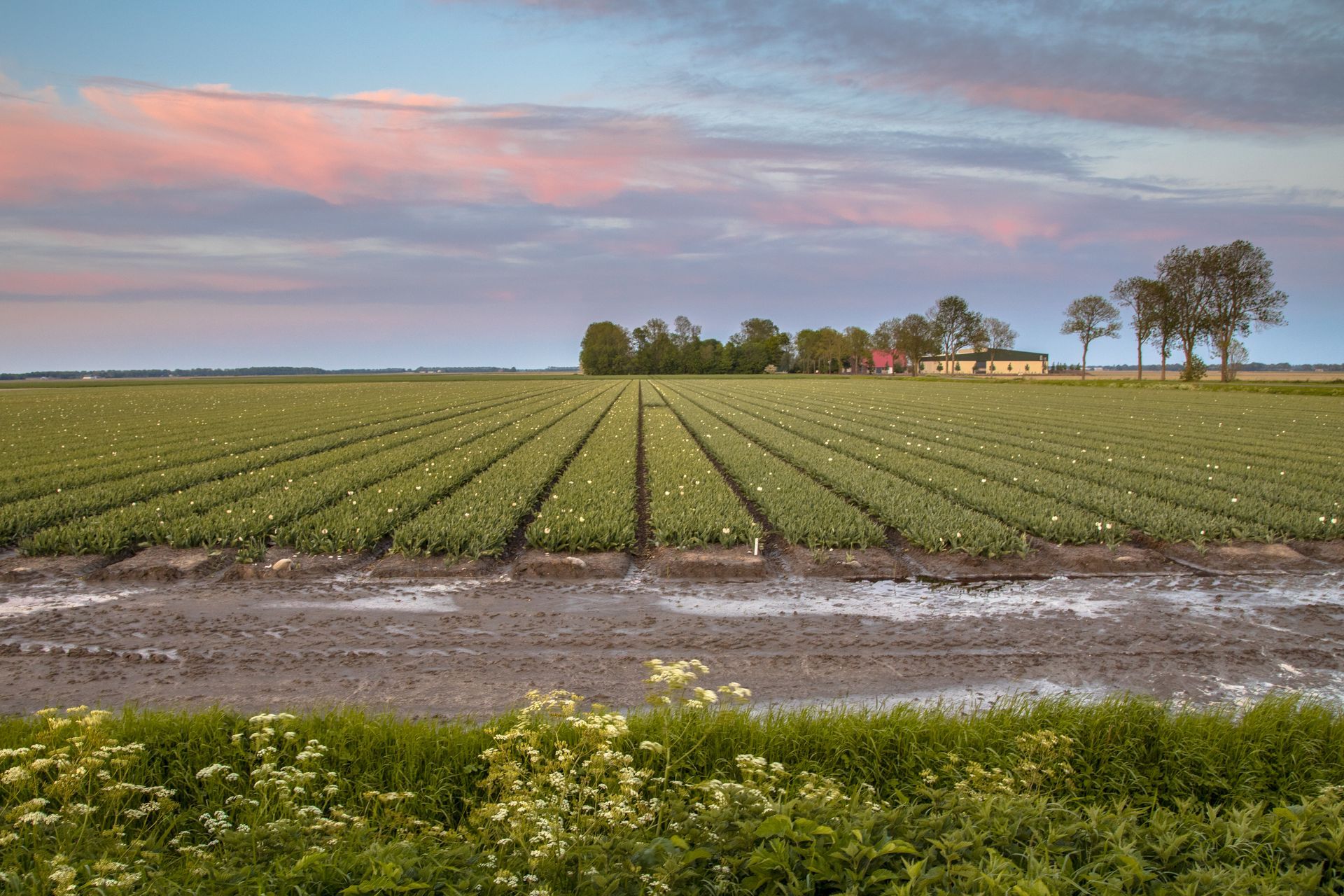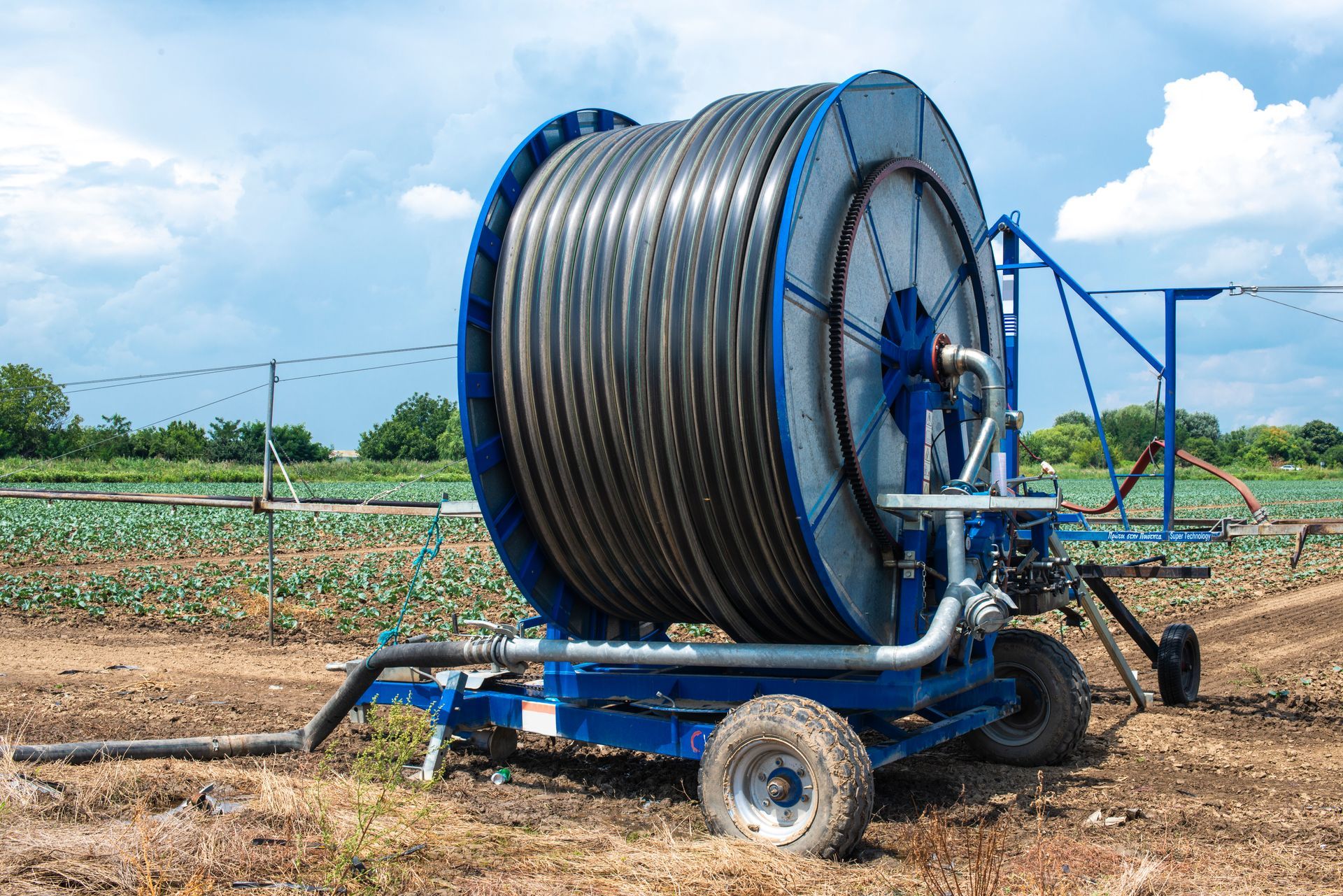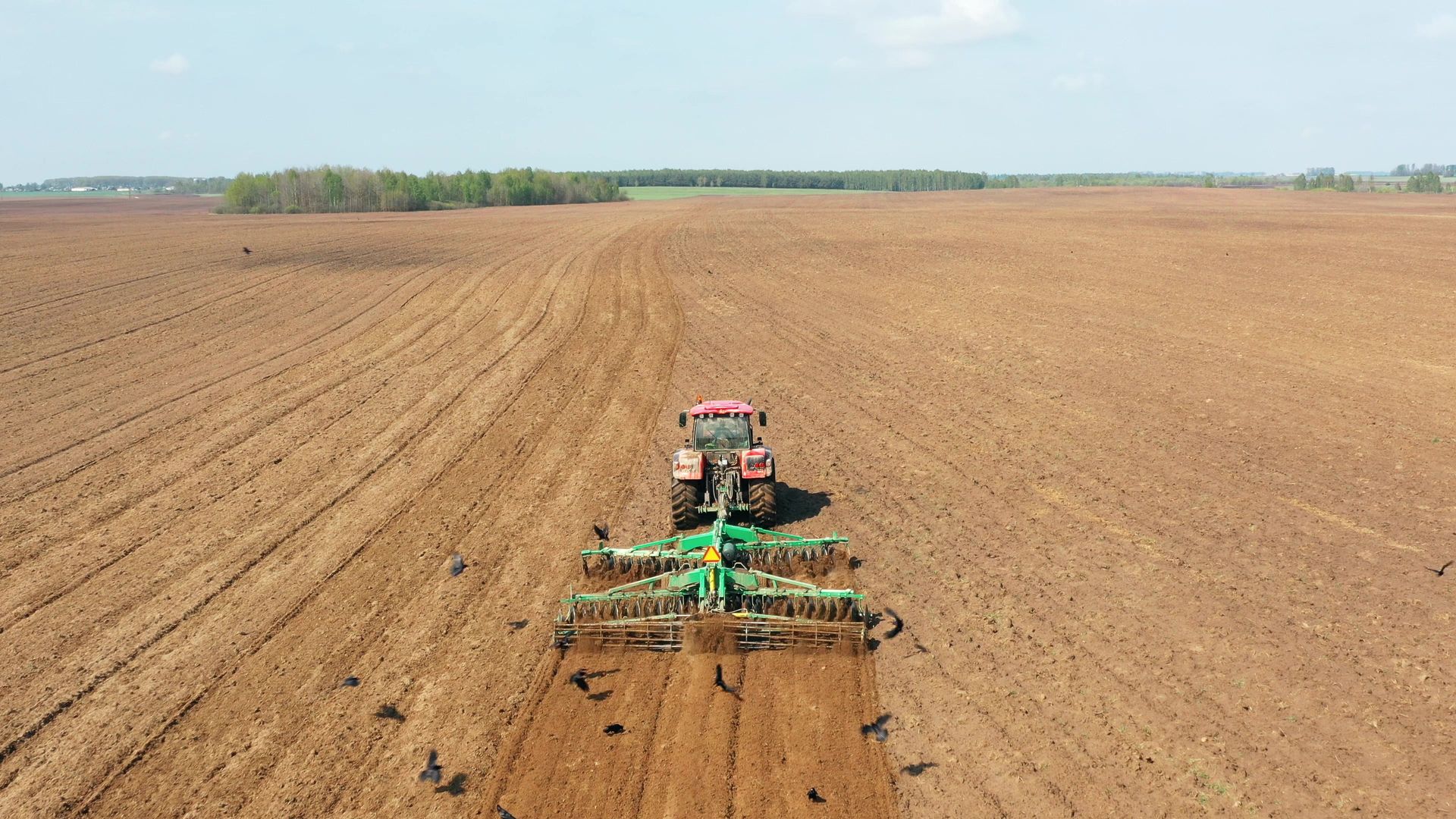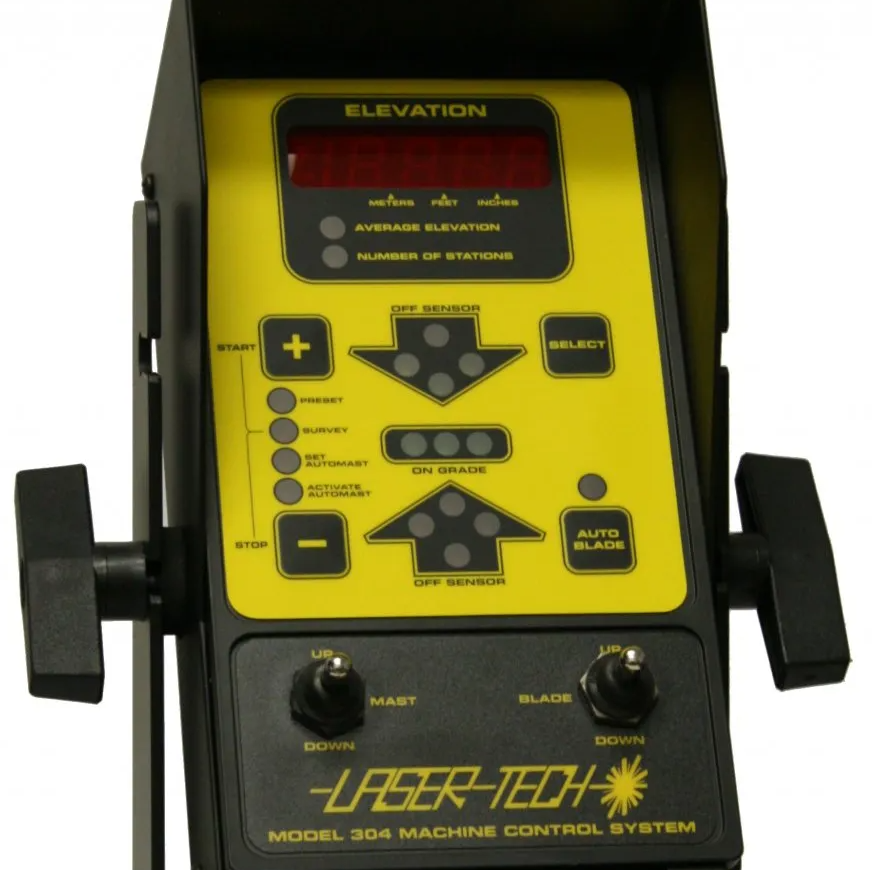By Katie Schupp
•
April 23, 2025
Effective water management hinges on accurate land grading, and modern farmers are increasingly turning to advanced grade control systems to achieve precision. GPS grading systems, in particular, have revolutionized how we manage topography, enabling us to optimize drainage and maximize crop yields. Richland Micro Drainage understands the importance of precise grading and how it complements our drainage solutions, offering expertise and guidance for your specific needs. Why Grade Control Systems Matter for Drainage, Especially with Advanced Tools Accurate grading ensures that water flows efficiently across your fields, preventing pooling and erosion. This is especially crucial for effective drainage tile placement. By understanding the flow of your land, you strategically position drainage tiles to intercept and remove excess water, creating optimal conditions for crop growth. To achieve this, tools like the Geologic Computer System (GCS:Pipe) and Punisher GNSS provide market-leading precision. The GCS:Pipe system, paired with RTK GPS, allows for accurate tile installation, saving time and money, and boosting yields. The Punisher GNSS, with 25 years of precision technology experience, is customized for your operation, ensuring rugged use and tailored communication. GPS Grading Systems: Precision at Your Fingertips with Advanced Equipment GPS grading systems utilize satellite technology to provide real-time elevation data, allowing you to create precise grading plans. These systems offer several advantages, especially when paired with equipment like the SD Drain Tiling Package or Ditch Assist STD Kit : Increased Accuracy: GPS technology, combined with tools like the Punisher GNSS, provides highly accurate elevation data, ensuring precise grading and minimizing errors. The SD Drain Package, with its touch screen computer and built-in valve driver, further enhances control. Enhanced Efficiency: GPS grading systems, and automated tools like Ditch Assist, automate many aspects of the grading process, saving time and labor. Ditch Assist, with its control module and proportional valve, offers automated operation. Improved Water Management: Precise grading optimizes water flow, enhancing drainage and minimizing the risk of waterlogging. Systems like the LaserTech Model 312 and 304 provide visual grade information and automatic control, contributing to effective water management. Data-Driven Decisions: GPS grading systems generate valuable data that can be used to monitor and analyze field topography, enabling informed decision-making. The GCS:Pipe system, for example, captures lines automatically during installation for export and viewing. Choosing the Right Grade Control Equipment Suppliers Selecting RMD as your reliable grade control equipment supplier is essential for ensuring the success of your grading operations. Look to Richland Micro Drainage for: High-Quality Equipment: Invest in durable and reliable equipment, such as the GeoMax Laser Rotators and Laser-Tech Model 419 Masts , that withstand the rigors of agricultural use. Comprehensive Support: Provides training, technical support, and maintenance services. Advanced Technology: Opt for systems that incorporate the latest GPS technology and software features, like the SD Drain Software . Richland Micro Drainage: Partnering for Optimal Water Management Richland Micro Drainage understands the importance of precise grading in achieving effective water management. We come alongside you to assist in your drainage needs and acknowledge that changing topography requires high-tech solutions. Our micro drainage systems, combined with accurate grading, create a powerful synergy that optimizes soil health and maximizes crop yields. By utilizing grade control systems to precisely shape your land, you ensure that our drainage tiles are placed where they are most effective, based on the natural flow of your land. We encourage farmers to investigate GPS grading systems, and to work with reputable grade control equipment suppliers. Let Richland Micro Drainage and our expert advice assist you in your water management and drainage goals. Contact us today.

